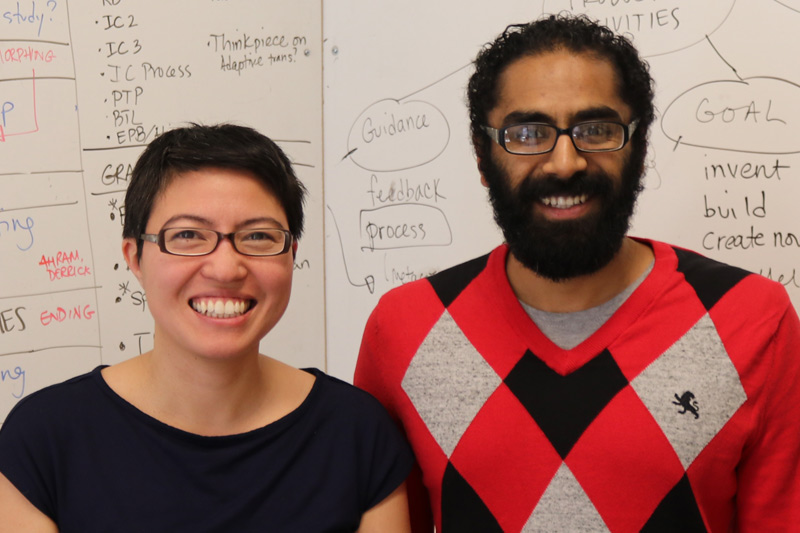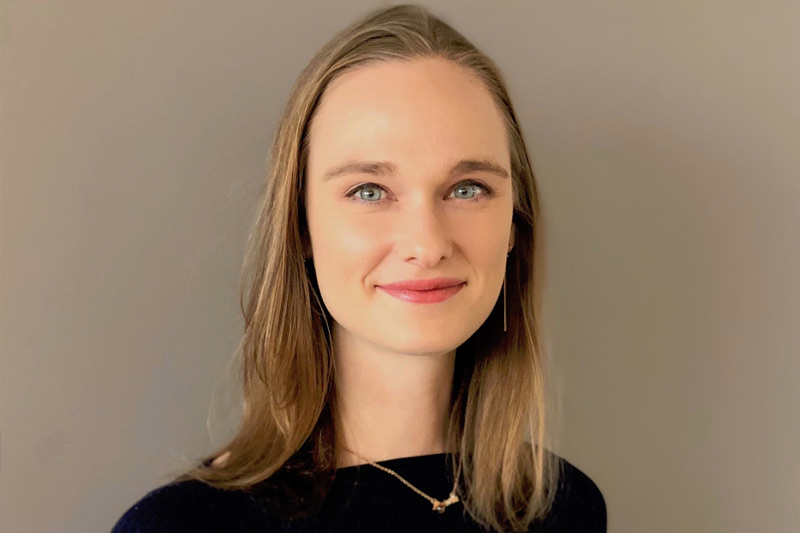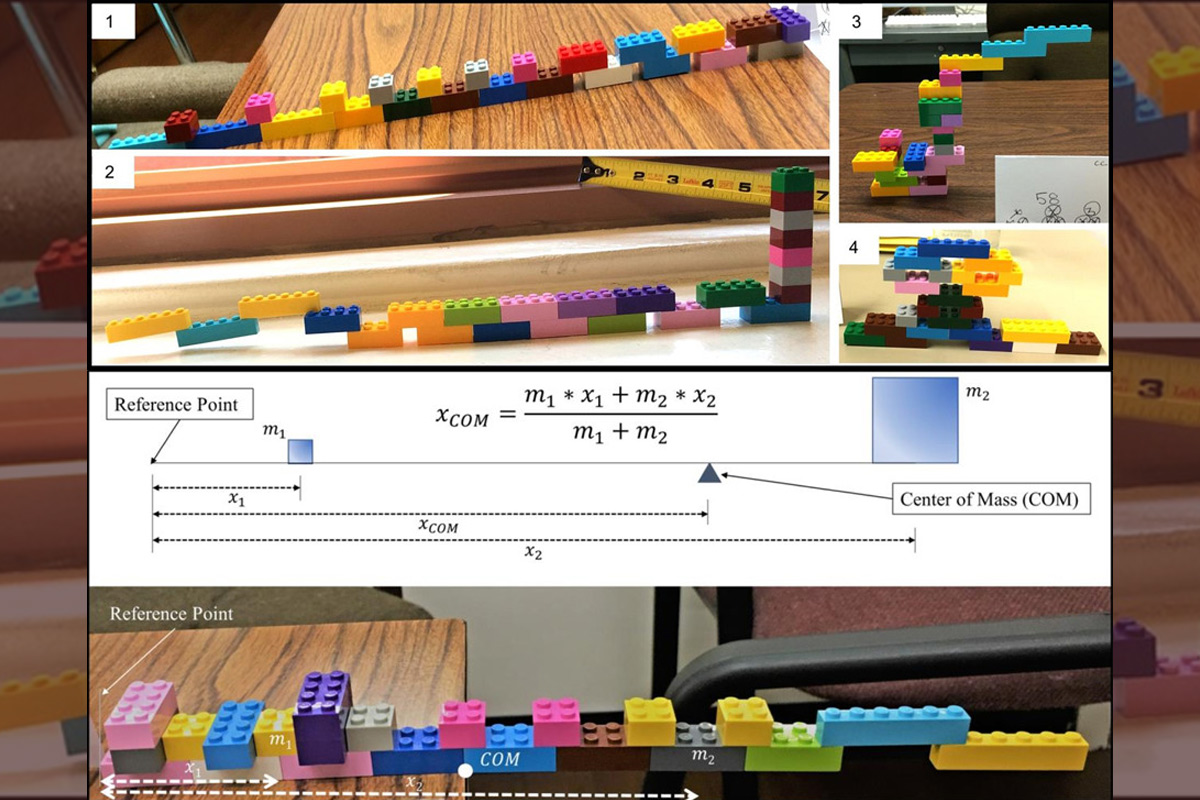As fans of Sherlock Holmes know, the master detective frequently admonishes his biographer and sidekick, “You see, Watson, but you do not observe.” So it is with many students in science classes, who may take in the teacher’s words and do the experiments, but still not really “see” how the deeper scientific principles are embodied in these activities.
Students’ ability to perceive underlying concepts and ideas is related to their ability to “transfer” the formulas and principles they learn to new situations and contexts – or as Holmes says, “You know my methods. Apply them.” Yet, as many assessments show, that outcome is the exception, not the rule.
One strategy for changing that picture has been the recent introduction of the Next Generation Science Standards and the proliferation of coding clubs, robotics competitions and maker labs in schools and afterschool programs – all aimed at improving deep conceptual learning through the use of hands-on engineering activities.

HELPING LEARNERS SEE Cathy Chase and doctoral student Aakash Kumar – along with alumna Laura Malkiewich – argue that contrasting examples can highlight key principles.
These activities are engaging, but they can backfire. Without the guidance of well-trained teachers, learners may focus on procedure – say, getting wires connected – instead of on the principles that underlie them, such as the interaction of resistance, current and voltage. They may rely on “trial‐and‐error approaches to generating problem solutions instead of careful application of and reflection on scientific principles,” write Catherine Chase, Assistant Professor of Cognitive Studies, Laura Malkiewich (Ph.D.'18), a research scientist with the education technology company 2U; and TC doctoral candidate Aakash S. Kumar, in a paper titled “Learning to notice science concepts in engineering activities and transfer situations,” published in January in Science Education. “Even worse, the hands‐on nature of many engineering projects makes them susceptible to devolving into mere ‘arts and crafts’ projects.”
“Noticing,” as the researchers define it, is the process of actively selecting and interpreting relevant information from the broader environment – and “higher-level” noticing describes awareness of a concept, principle, or a relation between deep features.
“Noticing,” as Chase, Malkiewich and Kumar define it, is the process of actively selecting and interpreting relevant information from the broader environment – and “higher-level” noticing describes awareness of a concept, principle, or a relation between deep features – for example, conservation of energy, rate of change, and variance.
How to promote higher-level noticing?

THINKING ABOUT APPLICATION Malkiewich (above), Chase and Kumar are optimistic that their findings will lead to changes in instructional practice.
Chase, Malkiewich and Kumar assigned two groups of learners an engineering task – to build a Lego cantilever. However, some of the participants were also asked to analyze “contrasting cases” – examples that systematically vary deep features that connect to the underlying concepts. The researchers found that these participants subsequently demonstrated an enhanced ability to notice the physics concept of “center-of-mass” within the task they were performing, and that most showed a superior ability to transfer the concept to non-engineering contexts. All the students who noticed the deeper science content in the engineering task – regardless of whether they were exposed to contrasting cases – developed more successful engineering products and demonstrated a greater ability to transfer content to different contexts.
How might these findings be applied? Teachers should help their students to perceive the underlying concepts and ideas embedded in learning activities. Contrasting examples is a good way to help learners “see.” Students might present and contrast their designs or engineering products through “gallery walks,” or collect contrasting examples of engineering products from the real world to share and discuss with the class. More research is needed before strong recommendations can be made for instructional practice. But Chase, Malkiewich and Kumar confess to being “cautiously optimistic.”
The game, it seems, is afoot.
